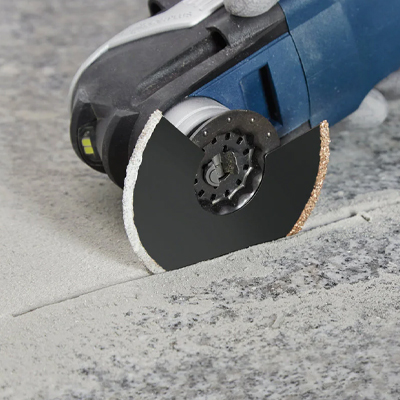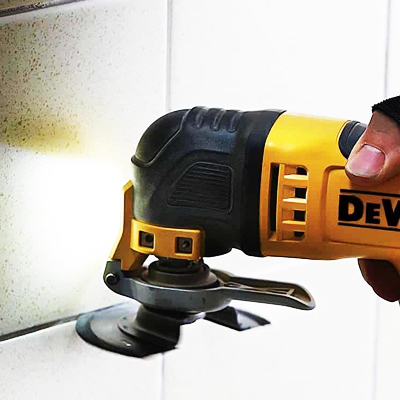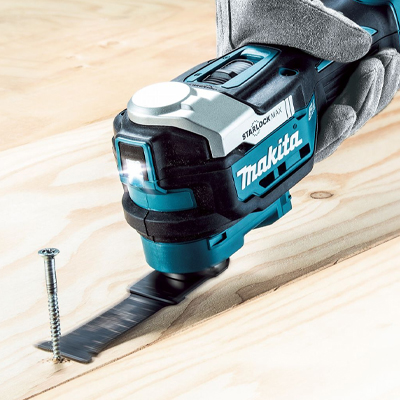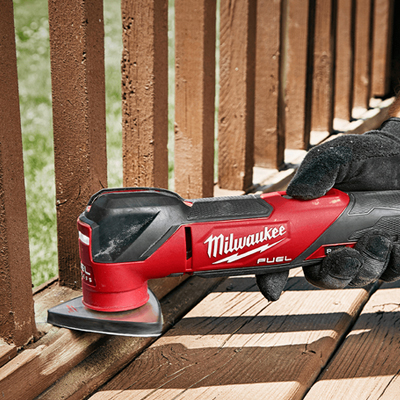Buy Multi-tool Blades
Buy Multi-tool Blades is a versatile and indispensable tool accessory designed to enhance the functionality of multi-tools, such as oscillating or rotary tools. These blades come in various shapes, sizes, and materials, each tailored for specific tasks, making them an essential addition to any DIY enthusiast's or professional's toolkit. One of the most common types of multi-tool blades is the straight cutting blade, which excels in precision cutting tasks like trimming door casings, cutting drywall, or removing grout from between tiles. Its sharp, narrow profile allows for intricate, controlled cuts in tight spaces, making it an ideal choice for various renovation and repair projects. When considering buying multi-tool blades, it's essential to make an informed decision to ensure you have the right blades for your specific needs. First and foremost, take into account the tasks you frequently encounter or anticipate in your projects. Multi-tool blades come in a wide array of types, each tailored to excel in particular applications. For precision cutting tasks, straight blades are a reliable choice, while serrated blades are best for tougher materials. If you require flush cuts or need to remove grout, specialized blades like flush-cutting or grout removal blades should be on your radar.Types Of Multi-tool Blades
Straight Cutting Blade:
This blade features a narrow, straight edge that is perfect for precision cutting tasks. It's ideal for trimming door casings, cutting drywall, making plunge cuts in wood, or removing damaged tile grout. Its narrow profile allows for intricate and controlled cuts, making it a versatile choice for many applications.Serrated or Toothed Blade:
Designed for more aggressive cutting, serrated blades have sharp teeth that grip and cut through dense materials like wood, plastic, and metal. They are excellent for tasks such as plunge cutting hardwood flooring, trimming PVC pipes, or shaping wooden pieces.Flush-Cutting Blade:
A flush-cutting blade is specifically design for making cuts flush with a surface, preventing damage to adjacent materials. It's perfect for trimming protruding nails, cutting off dowels, or removing excess material from laminates, ensuring a clean and smooth finish.Bi-Metal Blade:
Known for its durability and versatility, the bi-metal blade can handle a wide range of materials, including wood, nails, and mild steel. It's a go-to choice for professionals who require a blade that can tackle various tasks without frequent replacements. Bi-metal blades typically have reinforced teeth for extended life.Grout Removal Blade:
Featuring carbide grit, grout removal blades are specifically designed for efficiently and quickly removing grout between tiles. They are indispensable for renovation and tile repair projects, as they make regrouting or tile replacement much more manageable.Scraper Blade:
A scraper blade is a versatile tool for removing adhesive residues, paint, caulk, and other stubborn materials from surfaces. Its flat, wide design provides excellent leverage for efficient scraping. It is an essential accessory for surface preparation and renovation.Segmented Blade:
Segmented multi-tool blades have notched or segmented edges that enhance control during cutting and reduce the risk of over-cutting. They are suitable for a variety of materials and can be used for tasks like removing damaged grout, making plunge cuts, or trimming soft materials.Diamond-Coated Blade:
These blades are coated with industrial-grade diamonds. Making them highly effective for cutting through tough materials like tile, stone, concrete, and ceramics. Diamond-coated blades provide precise and clean cuts in hard materials.Sanding and Polishing Pads:
While not strictly blades, sanding and polishing pads are essential multi-tool accessories for finishing tasks. They come in various grits for sanding and can be used for smoothing surfaces, polishing, and refinishing wood, metal, or other materials.Features:
- Versatility: Multi-tool blades are compatible with oscillating and rotary multi-tools, making them versatile for cutting, scraping, and sanding tasks. They can tackle a wide variety of materials, including wood, metal, plastic, tile, and more.
- Various Blade Types: Multi-tool blades come in a variety of types, each designed for specific applications. These include straight cutting blades, serrated blades, flush-cutting blades, and more, allowing you to choose the right tool for your task.
- Attachment Mechanisms: Blades often feature quick-change or universal fitment mechanisms, making it easy to swap them out on your multi-tool without the need for specialized tools. This saves time and ensures a secure attachment.
- Durable Materials: Many multi-tool blades are constructed from high-quality materials like bi-metal or carbide, ensuring durability and longevity even when cutting through tough materials or nails.
- Design Features: Some blades have notched or segment edges, depth guides, or specialized coatings for improved performance and precision. These design features enhance control and reduce the risk of over-cutting.
Benefits:
- Efficiency: Multi-tool blades are design to make your work more efficient. They can make precise cuts, remove grout or adhesives quickly, and tackle various materials with ease, reducing the time and effort required for your projects.
- Cost-Effective: Investing in a set of quality multi-tool blades can be cost-effective in the long run. Their durability means you won't need to replace them frequently, saving you money over time.
- Versatility: With a selection of different blade types, you have the versatility to handle a wide range of tasks without needing multiple specialized tools. This reduces clutter in your toolbox and saves space.
- Precision: Multi-tool blades provide excellent control and precision. Making them suitable for intricate tasks, detailed cuts, and applications where accuracy is paramount.
Safety Considerations:
- Eye Protection: When using multi-tool blades, wear safety goggles or a full-face shield to protect your eyes from debris and flying particles generated during cutting or sanding.
- Hearing Protection: Multi-tools can be noisy, so consider using ear protection, especially during extended use.
- Work in Well-Ventilated Areas: Some materials being cut or sand can release dust or fumes. Ensure proper ventilation and consider using a dust mask or respirator if necessary.
- Secure Workpiece: Make sure the material you're working on is securely clamp or held in place. This prevents unexpected movement and reduces the risk of accidents.
- Proper Technique: Follow manufacturer guidelines for your multi-tool and blade. Use the right blade for the material and task, and maintain a stable grip on the tool while cutting or sanding.
- Tool Maintenance: Regularly inspect and maintain your multi-tool and blades. Dull or damaged blades can be less safe and less efficient.



















